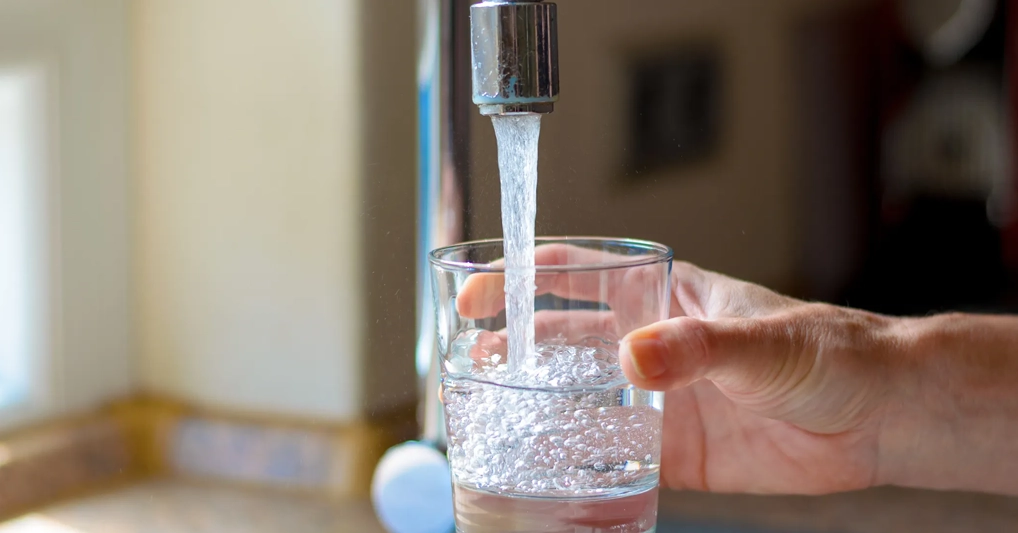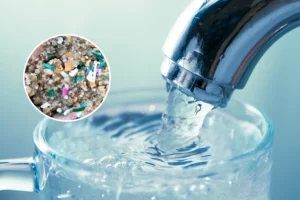PFAS Contamination: 5 Must-Know Facts About PFAS, PFOS & Microplastics in Your Water
Water is essential to life, but how safe is the water you’re drinking? Hidden contaminants like PFAS, PFOS, and microplastics may be lurking in your water without you even knowing. These pollutants have become a major concern in many parts of the world, and their long-lasting impact on human health and the environment makes it crucial to understand their presence and how to remove them.
1. What Are PFAS and PFOS?
PFAS stands for Per- and Polyfluoroalkyl Substances, a large group of man-made chemicals used in a variety of industrial and consumer products. They are commonly found in items like non-stick cookware, water-resistant clothing, and food packaging. The most commonly studied of these chemicals are PFOS (Perfluorooctane Sulfonate) and PFOA (Perfluorooctanoic Acid).
Why are they called “forever chemicals”? These substances are known for their resistance to breaking down in the environment, earning them the nickname “forever chemicals.” Once introduced into water systems, they can persist for decades, making them incredibly difficult to eliminate.
Why Are PFAS in Your Water?
PFAS chemicals can enter water systems in several ways:
- Industrial Waste: Manufacturing plants that use PFAS may discharge waste into nearby water sources.
- Firefighting Foam: Some types of firefighting foam contain PFAS, which can contaminate water during emergency situations or testing.
- Landfill Leachate: PFAS can leach into groundwater from contaminated landfills.
As a result, PFAS contamination is becoming increasingly common in drinking water supplies, especially in industrial areas and near military bases.
Health Risks of PFAS Contamination
Exposure to PFAS has been linked to numerous health risks, including:
- Increased Cholesterol Levels: PFAS can affect lipid metabolism, leading to higher cholesterol levels.
- Immune System Suppression: Long-term exposure to these chemicals can weaken the immune system, making you more susceptible to infections.
- Increased Risk of Cancer: Studies have shown a connection between PFAS exposure and an elevated risk of kidney and liver cancers.
- Developmental Effects in Children: Prenatal exposure to PFAS has been linked to developmental delays in children.
Microplastics in Water: A Growing Concern
Alongside PFAS, microplastics are another growing concern in drinking water. Microplastics are tiny plastic particles that can be smaller than 5 millimeters and often come from the breakdown of larger plastic materials, such as plastic bottles, synthetic clothing fibers, and personal care products. They can enter water sources through surface runoff, wastewater discharge, and even atmospheric deposition.
Research on microplastics is still ongoing, but scientists are concerned about the potential health risks they pose, as they can carry harmful chemicals and enter the food chain through fish consumption.

How Can You Protect Yourself from PFAS Contamination?
The best way to ensure that your water is free from PFAS and microplastics is by getting it tested. Ohio Water Testing offers comprehensive water testing services to detect these contaminants and help you find the best filtration systems for your home. By identifying the specific chemicals in your water, we can recommend targeted solutions, including activated carbon filters or reverse osmosis systems, which are effective in removing PFAS and microplastics.
If you live in an area where contamination is a concern or are using well water, it is essential to conduct regular water tests to protect your health and your family.
How Ohio Water Testing Helps Protect Your Home
At Ohio Water Testing, we specialize in identifying harmful contaminants like PFAS, PFOS, and microplastics in your water supply.
Our Process Includes:
- Comprehensive water analysis for emerging contaminants.
- Personalized recommendations for filtration and treatment solutions.
- Ongoing support to ensure your water remains safe and clean.
Whether you rely on municipal water or a private well, our experts can assess and improve your water quality.
Many people are unaware of the hidden contaminants like PFAS, PFOS, and microplastics present in their water. These chemicals are dangerous and can pose significant health risks, as explained by the EPA – PFAS Chemicals. Additionally, microplastics have become an emerging concern, with the WHO discussing microplastics in drinking water and its potential dangers.”
How to Remove PFAS and Microplastics from Your Water
Effective filtration methods include:
- Granular Activated Carbon (GAC): Captures PFAS and other contaminants.
- Reverse Osmosis Systems: Removes impurities, including microplastics.
Ohio Water Testing provides advanced solutions tailored to your needs, ensuring your family enjoys safe, pure water.
Take Action Today
Don’t leave your water quality to chance. Contact Ohio Water Testing for a thorough water assessment and recommendations for safe drinking water solutions.





